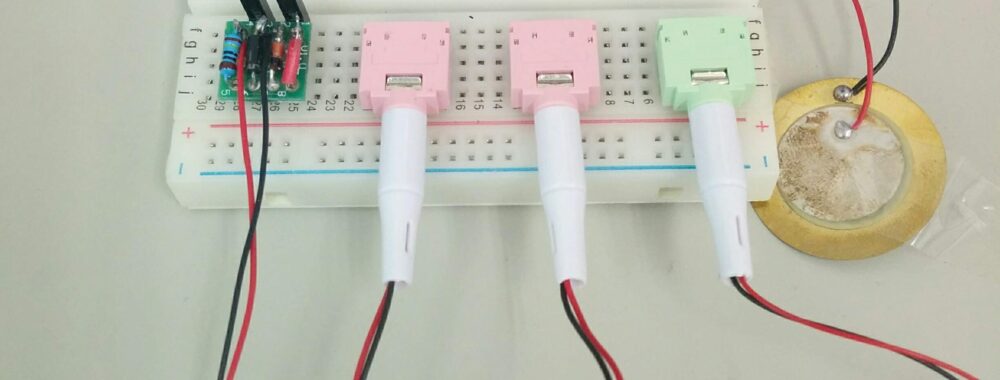



Then do a serial plot (ctrl shift L in the IDE) and observe: This is done by putting the positive of the piezo to an analog pin and the negative to ground, and a 1M resistor between the leads (this value worked for me, play with different values to see what works best). I've made a pattern recognition 'drum' with piezos, and the general approach was to first start with plotting the analog voltage of the piezo. Problem with a high frequency sinusoid is that one: half the time it's negative, and two: it forces a near-real-time monitoring of the analog voltage there, ie no or small delays in your code. In psuedo-code, this is what I want to make happen: Listen for signal from any pinĪ piezo will output a decaying sinusoid when you feed it an impulse (a hit on the attached surface). ackFade(pin number, -50, 5000, 1) Īs far as limiting voltage, don't I just need to put some resistors in circuit with the piezo sensors? I don't have experience with code, but this is how I think activating a note would work: ackPlayPoly(pin number) wTrig.masterGain(-8) // Lower main volume This specific bit of code is for "notes" on an instrument. I read that pin change interrupts can read a signal instantly.īelow is some example code for my audio output board that plays audio files. I'm not worried about velocity measurements, I just want there to be a hit, register the hit through arduino, then relay the pin number to a track number.
#Piezoelectric sensor arduino how to#
I know how to make a note play, but I don't know how to read a signal from a piezo that's between 3V and 5V. The plan is to have piezo sensors wait for a hit, then be read by a digital pin, then execute code based on what piezo sensor was hit. I'm trying to creature an instrument out of a few boards I have.


 0 kommentar(er)
0 kommentar(er)
